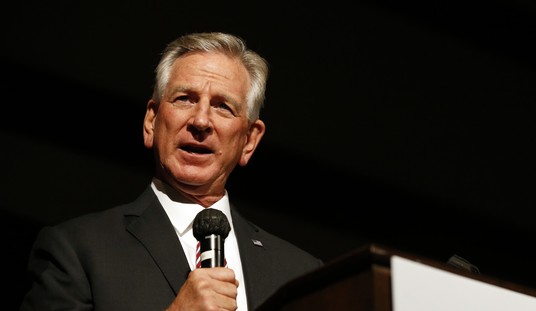THE VW ECONOMY by Rich Karlgaard
Foreshadowed by the spring-summer stock market recovery, the American and global economies have turned the bend and are in recovery. So declares every economist. Believe it.
Now the hard question. Will the recovery be V-, U- or W-shaped?
Answer: VW-shaped. I’ll explain in a few minutes.
Tuesday’s news that President Obama will reappoint Ben Bernanke as Fed chair should reassure us that a flat-out W disaster–a 1937-38 scenario–will be avoided. During the Great Depression, 1932 marked the absolute bottom. Auto sales were off 60%, stocks were pancaked 89% from their August 1929 peaks and unemployment was 25%. From 1933 to early 1937, the economy healed … slowly. Unemployment improved to 14%.
Bernanke believes the 1937-38 “depression within a depression” was caused by a lack of liquidity. He’s partly right about that. But the 1937-38 pothole was also caused by FDR’s growing arrogance and overreach. Flush with the relative success of his first administration, FDR felt emboldened to micromanage the U.S. economy in ways that flouted the rule of law. He tinkered with price controls, tried retroactive taxation and Supreme Court packing, and endlessly fiddled with gold prices. These actions drove business owners and the wealthy underground. Capital went “on strike,” as Amity Shlaes wrote in The Forgotten Man. Hiring and investment ground to a halt.
I’ve no doubt that Bernanke, a student of the Great Depression, knows all about the policy disasters of Roosevelt’s second term and sees new mistakes being made right and left (well, mostly left) in Obama’s administration today. Best to keep the emperor happy and avoid mentioning them right now. So expect that Bernanke’s public pitches will skip past policy and focus on liquidity conundrum; i.e., how to tread a fine line between 1937-38 deflationary relapse and inflation.
Assuming that Bernanke guides us past the dreaded W, America is not going to have the hoped-for V recovery, either. Small businesses are not hiring in numbers typical at a recovery’s start. Commercial real estate loans could be as bad as feared and take down a few hundred banks in 2010. The Bush tax cuts on income and capital gains are set to expire next year. State and local taxes are rising across America. Obama’s signature policies–forced unionization, cap and trade, and government-run health care–are all anti-growth. They are in trouble but not totally dead. “Mostly dead is still alive,” to quote the great sage, Miracle Max, in the movie Princess Bride.
So that leaves us with a U-shaped recovery. A sort of sluggish, walking pneumonia kind of recovery. Overall, that is what the U.S. is likely to experience for the next few years. The stock market will reflect this by peaking at around 1,200 on the S&P, then going sidewise for a few years. That’s my guess, anyway.
But here’s the thing. The American recovery may be U-shaped, on balance, but within that U will pockets of Vs and Ws. That’s why I call it the VW recovery.
The V part of the VW economy includes dynamic growth companies and large exporters. Apple is enjoying a V recovery. Salesforce.com just reported a big, booming V quarter on Friday. Mobile broadband is an entire industry that will enjoy sustained V growth. Low-tax states like Texas, Tennessee and North Dakota are experiencing V recoveries.
America’s W economy includes all those companies, industries, states, cities and personal careers where deteriorating value propositions were masked in good times. It always happens that way. Recessions unmask bad business models. The 1973-74 recession laid bare the inherent inefficiencies of slapped-together 1960s conglomerates. The 1990 recession unmasked the problems of IBM and the minicomputer industry. IBM made adjustments and fought another day. The minicomputer industry just died.
Today’s W economy: newspapers, McMansion builders, inefficient manufacturers, high-tax state and local governments, and workers unable to adapt, relearn and relocate.
Gross averages never tell the story in a country as large as the U.S. Beneath the expected subpar, U-shaped recovery lies the reality of the American economy: A highly uneven collection of Vs and Ws.









Join the conversation as a VIP Member